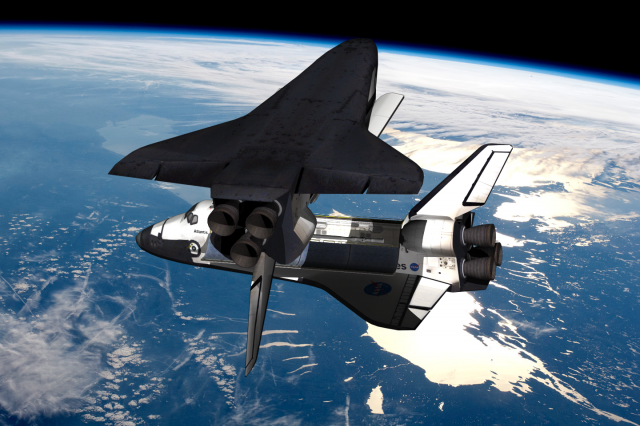The audacious rescue plan that might have saved space shuttle Columbia

Enlarge / What might have been. (credit: Lee Hutchinson / NASA / NOAA)
February 1, 2023: One of the most tragic events in the history of space exploration is the loss of the space shuttle Columbia and all seven of her crew on February 1, 2003-a tragedy made worse because it didn't have to happen. But just as it is human nature to look to the future and wonder what might be, so too is it in our nature to look at the past and wonder, what if?" Today, on the twentieth anniversary of the event, Ars is re-publishing our detailed 2014 examination of the biggest Columbia "what if" of all: what if NASA had recognized the damage to the orbiter while the mission was still in progress? Could anything have been done to save the crew?
If we die, we want people to accept it. We are in a risky business, and we hope that if anything happens to us, it will not delay the program. The conquest of space is worth the risk of life.
-Astronaut Gus Grissom, 1965
It is important to note at the outset that Columbia broke up during a phase of flight that, given the current design of the Orbiter, offered no possibility of crew survival.
-Columbia Accident Investigation Board Report
At 10:39 Eastern Standard Time on January 16, 2003, space shuttle Columbia lifted off from pad 39A at the Kennedy Space Center in Florida. Just under a minute and a half later, at 81.7 seconds after launch, a chunk of insulating foam tore free from the orange external tank and smashed into the leading edge of the orbiter's left wing at a relative velocity of at least 400 miles per hour (640 km/h). Columbia continued to climb toward orbit.
The foam strike was not observed live. Only after the shuttle was orbiting Earth did NASA's launch imagery review reveal that the wing had been hit. Foam strikes during launch were not uncommon events, and shuttle program managers elected not to take on-orbit images of Columbia to visually assess any potential damage. Instead, NASA's Debris Assessment Team mathematically modeled the foam strike but could not reach any definitive conclusions about the state of the shuttle's wing. The mission continued.